

ABOUT THE AUTHORS
Patricia Harris and David Lyon have journeyed the world for American, British, Swiss, and Asian publishers to write about food, culture, art, and design. They have covered subjects as diverse as elk migrations in western Canada, the street markets of Shanghai, winter hiking on the Jungfrau, and the origins of Mesoamerican civilization in the Mexican tropics. In the name of research, they have eaten hot-pepper-toasted grasshoppers, tangles of baby eels, and roasted armadillo in banana sauce. Wherever they go, they are repeatedly drawn back to Spain for the flamenco nightlife, the Moorish architecture of Andaluca, the world-weary and lust-ridden saints of Zurbarn, and the phantasmagoric visions of El Greco. They can usually be found conversing with the locals in neighborhood bars while drinking the house wine and eating patatas bravas and grilled shrimp with garlic. They are the co-authors of Frommers Spain Day by Day and Frommers EasyGuide to Madrid and Barcelona .
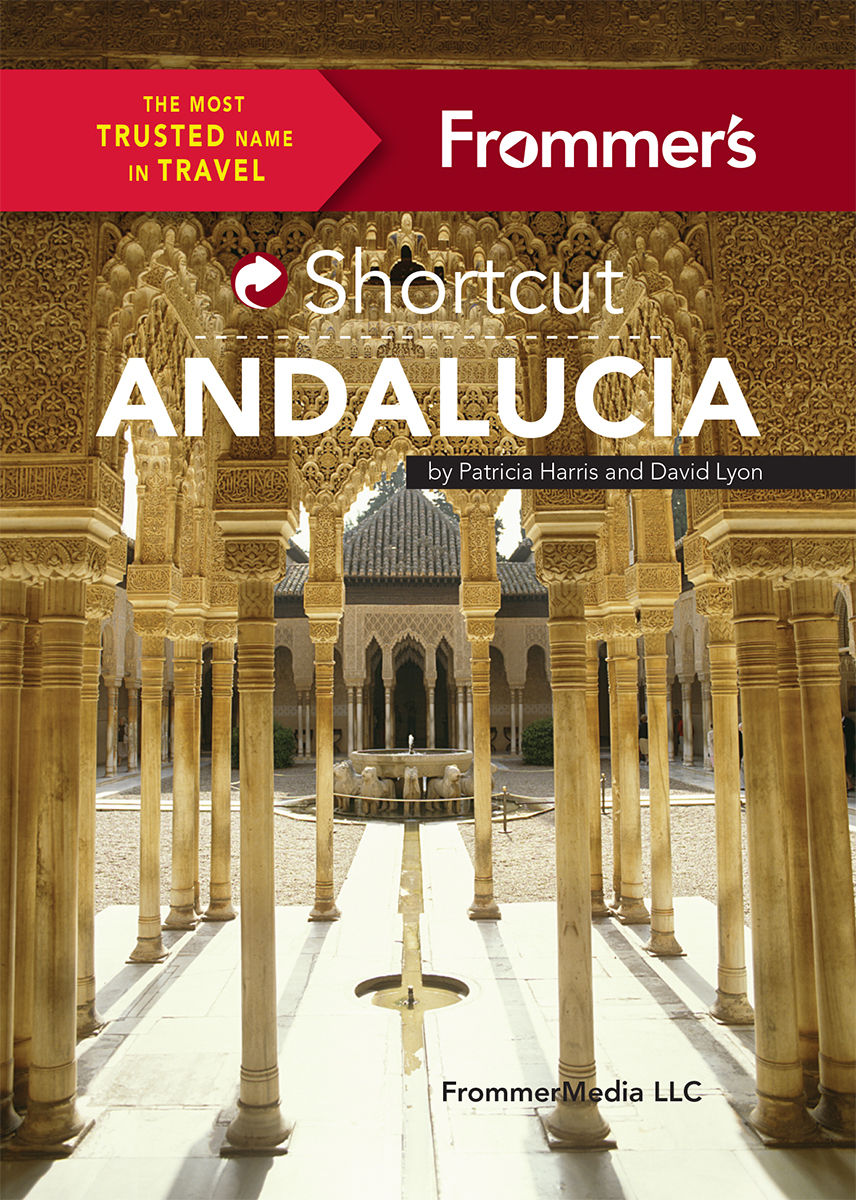
Published by
Frommer Media LLC
Copyright 2015 by Frommer Media LLC. All rights reserved. No part of this publication may be reproduced, stored in a retrieval system, or transmitted in any form or by any means, electronic, mechanical, photocopying, recording, scanning or otherwise, except as permitted under Sections 107 or 108 of the 1976 United States Copyright Act, without the prior written permission of the Publisher. Requests to the Publisher for permission should be addressed to: . Frommers is a registered trademark of Arthur Frommer. Frommer Media LLC is not associated with any product or vendor mentioned in this book.
ISBN 978-1-62887-216-3 (paper), 978-1-62887-217-0 (e-book)
Editorial Director: Pauline Frommer
Editor: Anuja Madar
Production Editor: Lynn Northrup
Cartographer: Liz Puhl
Photo Editor: Dana Davis
For information on our other products or services, see www.frommers.com .
Frommer Media LLC also publishes its books in a variety of electronic formats. Some content that appears in print may not be available in electronic formats.
Manufactured in China
5 4 3 2 1
Frommers Star Ratings System
Every hotel, restaurant, and attraction listed in this guide has been ranked for quality and value. Heres what the stars mean:
 Recommended
Recommended
 Highly Recommended
Highly Recommended
 A must! Don't miss!
A must! Don't miss!
AN IMPORTANT NOTE
The world is a dynamic place. Hotels change ownership, restaurants hike their prices, museums alter their opening hours, and busses and trains change their routings. And all of this can occur in the several months after our authors have visited, inspected, and written about, these hotels, restaurants, museums and transportation services. Though we have made valiant efforts to keep all our information fresh and up-to-date, some few changes can inevitably occur in the periods before a revised edition of this guidebook is published. So please bear with us if a tiny number of the details in this book have changed. Please also note that we have no responsibility or liability for any inaccuracy or errors or omissions, or for inconvenience, loss, damage, or expenses suffered by anyone as a result of assertions in this guide.
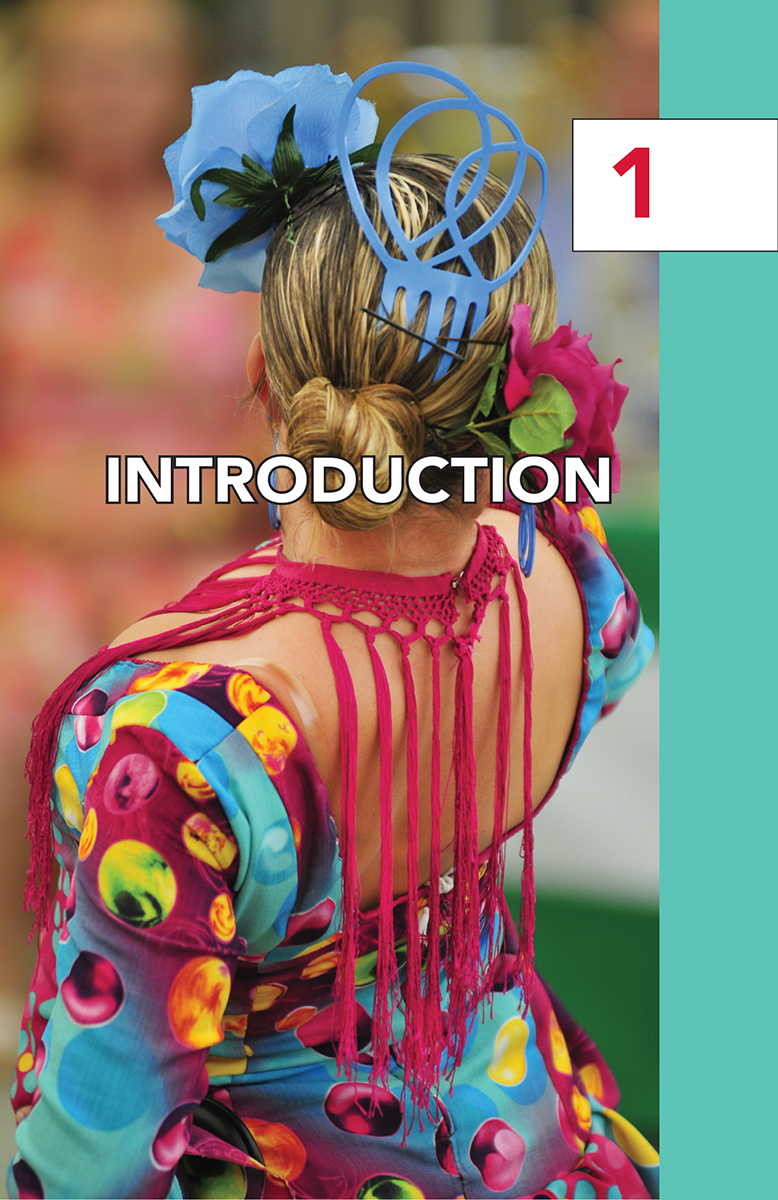
Flamenco dancer in Sevilla.
M uch of what the world imagines as Spain is, in fact, Andaluca. It was the cradle of flamenco, the stomping grounds of the amorous Don Juan, and the tragic setting for Carmen. Its the region where bulls are bred and matadors are more famous than rock stars. Nothing in Andaluca is done halfway. The flowers are brighter and the music is both more melancholy and more joyful. Although Andaluca is often a stand-in for Spain in the popular imagination, it was, in fact, the last stronghold of the Moors, who held al-Andalus for over 7 centuries. Consequently, Andaluca shines with all the medieval Muslim glories of Europe: the world-famous Mezquita (mosque) of Crdoba, the Alhambra Palace of Granada, and (in their own way as Christian-Muslim hybrids) Sevillas imposing Alczar and looming Gothic cathedral. Its smaller towns can be haunting in their beauty: the whitewashed mountain villages, the Renaissance grace of Ubeda, the drama of gorge-split Ronda, the languor of sherry-besotted Jerez de la Frontera, and the brilliance of gleaming Cdiz. Spend a week or a month, and youll have only skimmed the surface.
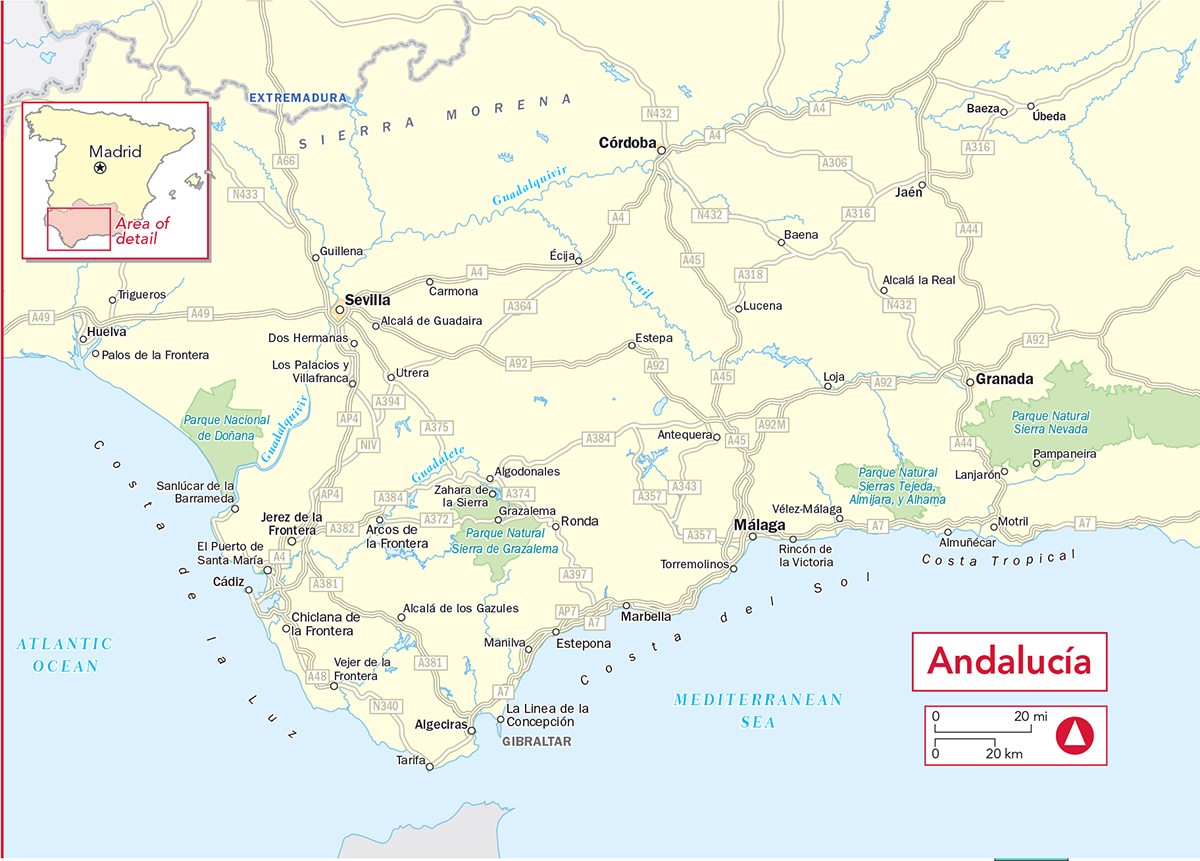
This dry, mountainous region also embraces the Costa del Sol (including Mlaga, Marbella, and Torremolinos), developed as the beachside playground of southern Spain and covered in the following chapter. Go to the Costa del Sol for beach resorts, the bar scene, and water sports; visit Andaluca for its architectural wonders, signature cuisine and music, and sheer beauty.
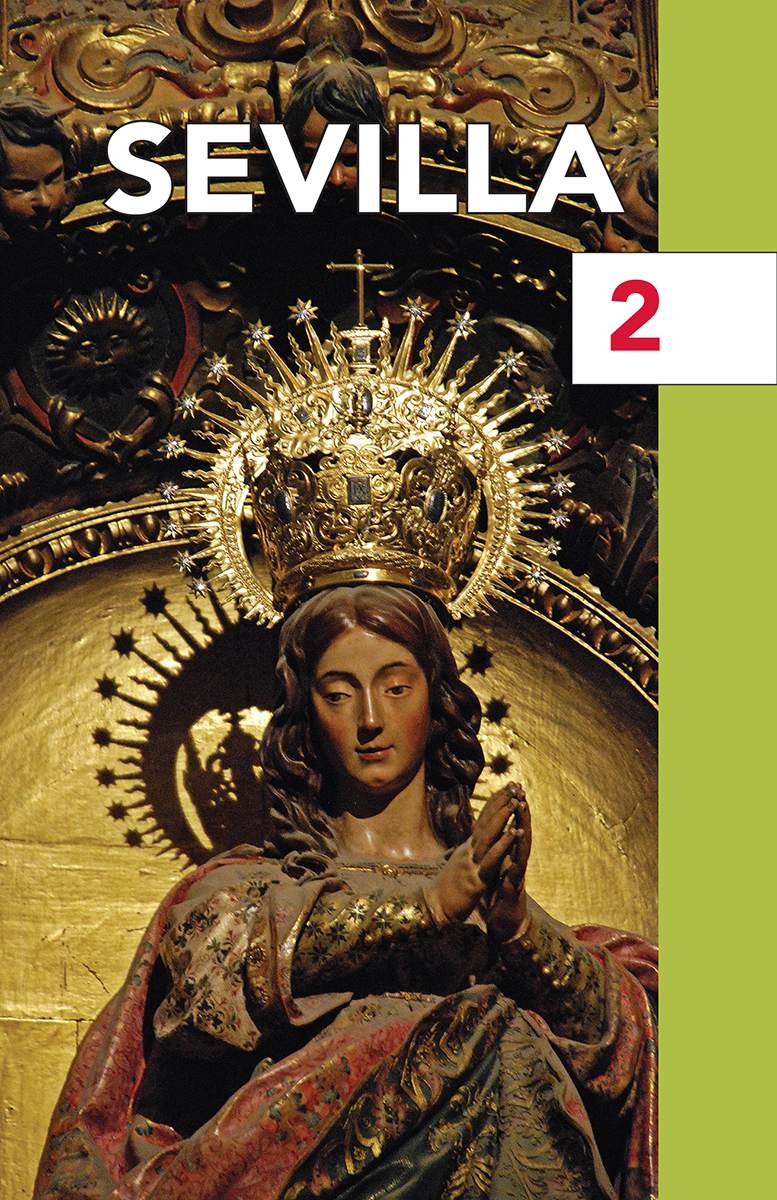
Statuary in the Catedral de Sevilla.
S evilla is Andalucas largest, most self-assured, and most sophisticated citythe hometown of the passionate Carmen and the lusty Don Juan. Style matters here. Almost every Sevillana owns at least one flamenco dress to wear during the citys famous April fera or to a friend or family members wedding. It may also be the most ornately decorated city in Spain. No country does baroque like the Spanish, and no city does Spanish baroque like Sevilla, where the style represents the hybrid offspring of Moorish decoration and the Catholic insistence on turning every abstract curlicue of Islam into a Christian angels wing. Sevilla has been Andalucas center of power and influence since Fernando III of Castilla tossed out the Almohad rulers in 1248. But Fernando wisely left Barrio Santa Cruz intact, and the tangled ancient streets of the Judera still make the medieval era palpable. As the first major city in the heart of Andaluca to return to Spanish hands, Sevilla has a markedly Christian countenance. The city is studded with churches and former convents funded by the riches that flowed into the city from its 16th to 18th century trade monopoly with the New World.
Essentials
Getting There Sevillas Aeropuerto San Pablo, Calle Almirante Lobo (  90-240-47-04; www.aena-aeropuertos.es ), is served by nearly two dozen airlines, including Iberia, Air Europa, Vueling, British Air, EasyJet, and Ryanair. The airport lies 9.6km (6 miles) from the center of the city, along the highway leading to Carmona. A bus run by Transportes Urbanos de Sevilla (
90-240-47-04; www.aena-aeropuertos.es ), is served by nearly two dozen airlines, including Iberia, Air Europa, Vueling, British Air, EasyJet, and Ryanair. The airport lies 9.6km (6 miles) from the center of the city, along the highway leading to Carmona. A bus run by Transportes Urbanos de Sevilla (  90-245-99-54 ) meets all incom ing flights and transports you into the center of Sevilla for 4.
90-245-99-54 ) meets all incom ing flights and transports you into the center of Sevilla for 4.

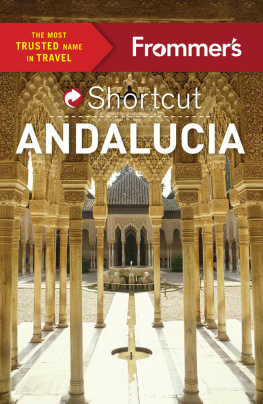
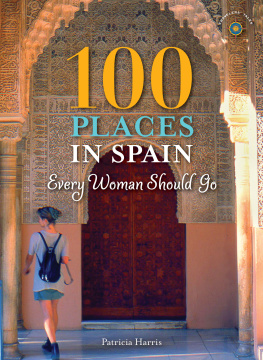
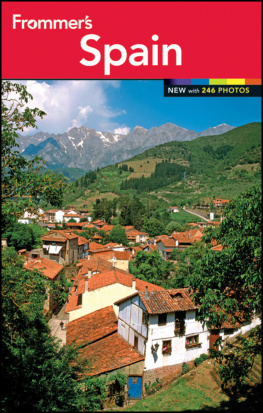

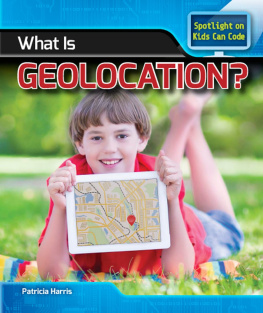

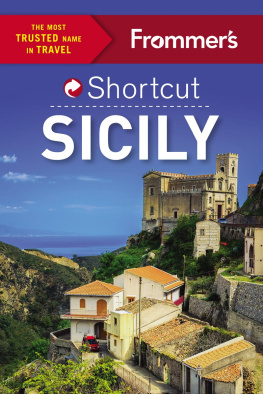

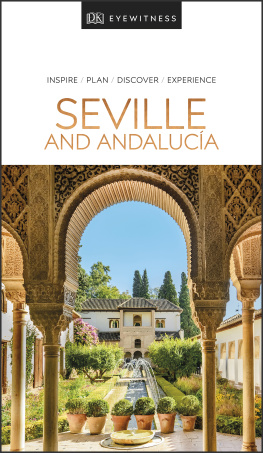
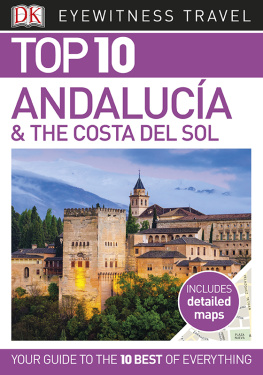
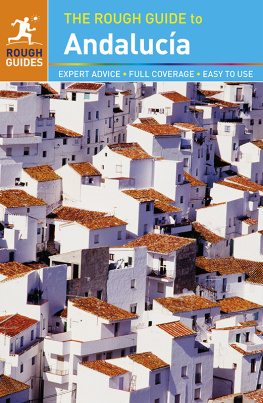
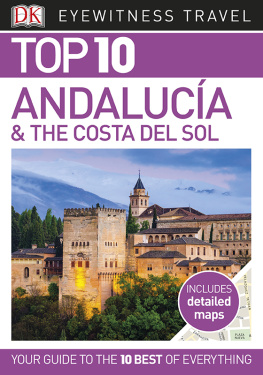




 Recommended
Recommended Highly Recommended
Highly Recommended A must! Don't miss!
A must! Don't miss!


 90-240-47-04; www.aena-aeropuertos.es ), is served by nearly two dozen airlines, including Iberia, Air Europa, Vueling, British Air, EasyJet, and Ryanair. The airport lies 9.6km (6 miles) from the center of the city, along the highway leading to Carmona. A bus run by Transportes Urbanos de Sevilla (
90-240-47-04; www.aena-aeropuertos.es ), is served by nearly two dozen airlines, including Iberia, Air Europa, Vueling, British Air, EasyJet, and Ryanair. The airport lies 9.6km (6 miles) from the center of the city, along the highway leading to Carmona. A bus run by Transportes Urbanos de Sevilla (